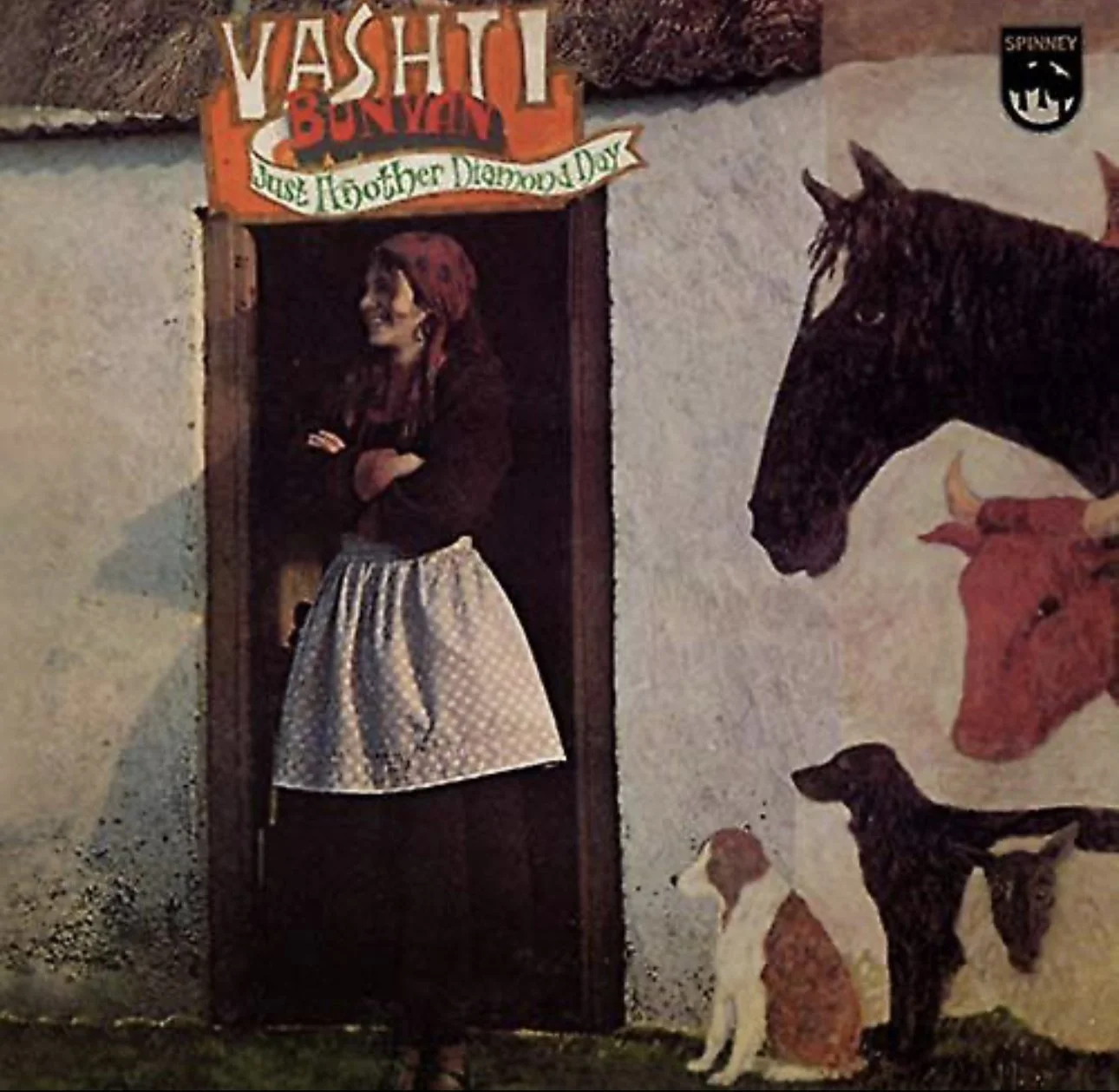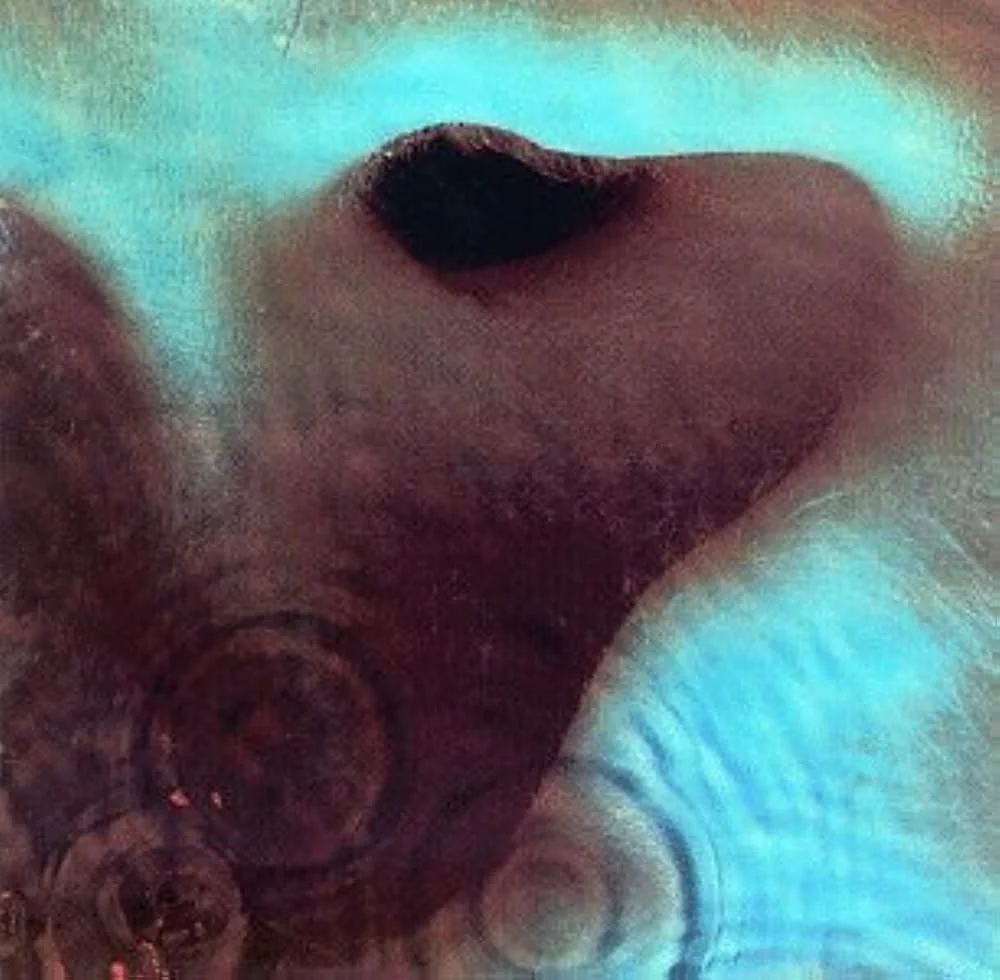Rethm Maarga Loudspeaker
Rethm is a speaker company that marches to the beat of its own drummer. During the pandemic, Rethm designers took some time to change its speakers dramatically, not so much in topology, but in aesthetic design. They looked singular before 2020, but now completely different, and still unique. The interesting topology, however, is much the same.
Rethm makes four models all with Sanskrit names—the company is owned by an architect, Jacob George, and manufactured in the southern state of Kerala, India. The speakers from smallest to largest are the Aaarka (stand mount) and three-floor standers, the Trishna, the Maarga—the speaker under review at US $12,900/pair—and the largest, the Saadhana. Intriguing names, intriguing design, intriguing looks.
The Maargas arrived on a pallet in two large, very heavy boxes (150 lbs each). The Margas are packed very well for shipping in what looked like Maarga-specific, padded, heavy cardboard boxes. It is a four-person uncrating and setup job. We had six, thanks to our kind neighbours. Also thanks to Angie Lisi of American Sound Distribution, worldwide representative of Rethm. Shipping logistics and pricing post-pandemic are no joke. So a big thanks to Angie.
When I posted my photograph below advertising our upcoming review, I received many comments regarding the look of the Maargas—they certainly encourage opinions. Our six unpackers, too. As the beautifully made Maargas were slowly revealed, the comments ranged from “not my cup of tea” to outright adoration and everything in between. The purchase of the hand-made, boutique Maargas is making a statement with both design and topology. In our audiophile world, Rethm is one of a kind. I’m guessing plain Jane vanilla is not a spice readily available in the curry hotspot of Kerala.
The Maargas rest on four small feet, attached at the factory. The wood side panels (“light, medium and dark”; the medium shade is shown in the photo above, light in the lead photo) may be changed by the owner if they so choose.
My Use
I paired the very easy-to-drive Maargas (98 dB) with my MBL N51, Aavik S-280 Streamer, Aavik D-280 DAC, Pure Fidelity Harmony Mk2 Turntable with Origin Live Enterprise MK4 Tonearm (review forthcoming) and Phasemation PP-2000 MC Phono Cartridge. My phono stages were the Phasemation EA-350 Phono Amplifier and the Aavik Acoustics R-280 Phono Stage. Conditioning by the Ansuz Mainz8 C2. Cabling also by Ansuz, D2 level.
The Rethms were in a fun, expensive playhouse.
Setup is a four-man lifting/guiding/placement job. That’s where the hard work ends if you are so inclined. The Maargas are the easiest speakers to position I’ve ever had in my room. They were shy of nothing; proximity to the boundaries (side and back—more off the rear wall than on for an even more seamless bass/mid/treble response), toed in, firing straight out (so rare and my favourite look for loudspeakers and my final position for them), closer together than you’d prefer or farther apart than usual. You’re in complete control; a rare occurrence in a high-end speaker setup. So take your time and choose the position that works best for you. My room is fairly small and in no way did the very flexible Maargas overwhelm the space. I imagine you could play the Maargas to loud levels in a medium to large room with no problems. And as the wideband driver does not allow the soundstage to implode unless driven to stupid levels, you can enjoy your Led Zeppelin records loud! (The proprietary 8-inch full-range driver covers the entire musical spectrum from 50 Hz to 20,000 kHz).
As a lovely, super-efficient 98 dB musical instrument, the Maargas can be driven by a SET amp as low as 2 wpc. So string quartets and acoustic sets by introspective folk artists such as Vashti Bunyan will sound equally impressive as stadium rock (amplifier dependent).
The speaker features 4x 7” active bass drivers in Isobaric configuration (see image schematic below) with a volume and low filter control on the rear—noon on both settings worked perfectly in my room. I’ve heard powered bass units in loudspeakers overpower the midrange and tweeters on any number of active speakers, blurring imaging and giving a rather unpleasant balance. Even with the bass turned up to 11, the integration between the bass drivers and the wideband driver is very well done. My chosen setting made the speakers’ integration smooth, seamlessly transitioning from bass energy to wideband driver territory. The spec sheet has no low measurement number, but George suggested they go down to the low 30s. That seems about right.
The metal grill does not deteriorate the sound in any way. The settings are easy to adjust and I’m betting each owner will find their room’s sweet spot easily.
The Rethms maintain their composure even when attacked by snakes.
Features & Specifications
• 1 6 in. Wideband driver in front.
• 4 x 7 in. Bass drivers in isobaric configuration.
• 1 amp for bass drivers: 400 wpc @ 8ohms. Hypex UCD digital amp.
The rear control panel has the following:
• Power on/off switch
• Level control
• Crossover filter control
• Banana sockets for speaker-level inputs.
• Power input socket
•10 in. (26 cm) Wide
• 20 in. (50 cm) Deep
• 42.25 in. (107.5cm) High
• Weight: 115 lbs each
Design
Jacob George, chief designer of Rethm speakers and a practicing architect of some renown, Founder & Principal of Metaspace (Photo: LinkedIn)
The design is certainly impactful and makes a visual statement much like George’s architectural designs. He employs diverse topologies in his speaker line. If you are familiar with their products, the Maarga uses a “wide band technology” driver, much like a Lowther (for you DIYers out there). Jacob says of his full-range, proprietary driver:
We believe that all truly great design embodies an "elegance – that comes from simplicity". A full-range driver is such an example within the realm of music reproduction. Loudspeakers designed around this concept are capable of aural magic like no other. Fundamental and critical to getting closest to a live reproduction, we believe, is the use of wideband drivers….which reproduce the frequencies from 50 Hz to 20 kHz.
We use only paper for our cones as we think it sounds best. We use Neodymium magnets as all our drivers are high-efficiency drivers because we believe that the subtleties and nuances of the music are best revealed and communicated through high-efficiency loudspeakers.
George elaborates on the enclosure:
Although we have chosen to adopt the horn-loaded enclosure as the basis for our loudspeaker, we have broken with traditional horn-load design principles and geometries and invented our own. The horn-loaded enclosure works on the "quarter-wave" principle. The length of the labyrinth should be one-quarter the length of the wavelength of the frequency one is trying to reproduce at the bottom end.
Source: Wikipedia
Each bass module contains its own amplifier; both 400 wpc @ 8ohms. Hypex UCD digital amp. And as mentioned, the bass is controlled: both levels and the cross-over point can be adjusted by the owner…..to suit the room, speaker placement, front-end electronics, or even just personal taste. The range on both adjustments gives the user great control over the bass response. Also, the Maargas have four drivers per enclosure, two front-firing and two behind in isobaric configuration. In one of Geroge’s emails to me, he wrote: …”we prefer sealed bass enclosures for the tight and accurate bass this provides, rather than the characteristics of ported bass enclosures. We finally adopted an isobaric architecture that allowed us to make the bass enclosure compact.”
Further to the design: The compression chamber has been designed to eliminate, completely, any back-wave reflections re-impacting the driver. The phase plugs. With its unique shape (a result of weeks of testing various geometries), these were designed to smoothen out the frequency response. Each model has a different phase plug. The internal wiring of our loudspeakers? We believe in a single-core wire.
All these technology and design combinations seem unique in high-end audio, at least in my experience. As I said, not just singular in look, but also in sound design. So how does all this tech relate to the Maarga’s sound?
Sound
Once I got my head around the tech, wideband drivers with whizzers, isobaric configuration, etc, the Maargas became one of my easiest reviews. Primarily because of placement, adjustability, and drivers of different styles that are married well. About the Whizzer, George says: I am not one who designs by the graphs. We do basic measurements—and pretty accurate ones on the wideband drivers—because we build the drivers ourselves. And we modify several things on the drivers, like the shape and form of the Whizzer Cone.
The Whizzer Cone is what enables the driver to do the top end, above about 8 kHz.
Jacob was very proud of the responses he received with regard to the treble/mid performance of the speaker; unfatiguing and transparent. I can attest to this. The speaker, for all its demonstrative visuals, plays nicely with your room and presents a relaxed, musical picture from any repertoire. So the strings on the Argo Academy of St. Martin in the Fields LP of American music were controlled and balanced, especially in the thornier sections of Barber’s Adagio of Strings. Another Academy torture test, Alan Civil playing Mozart Horn Concertos was equally effortless, with the louder, brassier elements attenuated somewhat, but the conical bore of the horn and all its difficulties were handled pretty easily; no frequency shouts or other nasties.
The bass balance was heard to good effect in a stream of Dudamel’s Berlin/DG Also Sprach Zarathustra—the basses’ low C tremolandos heard in a perfectly balanced soundstage made even more impressive when the 3 trumpets play their “world riddle” broken triad perfectly imaged in the right back of the hall.
Most speakers can replicate the low C but it takes a well-integrated bass driver to capture Strauss’ tremolandos at the famous opening bars (used as the theme for Kubrick’s 2001, A Space Odyssey). Many times it’s heard as a blurred solid note.
The opening track of Pink Floyd’s seminal album, Meddle, has some typically fascinating Floyd sound effect insertions. "One of These Days" has become one of my newest go-tos for telling tales of driver design quality, primarily at the opening of the song with bassist Roger Waters' brilliant ostinato bass line from the right, with guitarist David Gilmour doubling the bass on the left channel. The trouble is, Gilmour’s strings were old and dull and it sounds it on the record (a roadie was sent out to get new strings but bunked off to see his girlfriend instead, so Gilmour was stuck with the dull strings). Bad for the track, but great for audio reviewers. Good speakers such as the Maarga can differentiate the difference in timbre. And when Nick Mason adds some ad hoc, deep and powerful kick drum thwacks, more grist for the speaker review mill. All sounded very fine on the Maargas. Balanced and crisp.
Once you have the Maargas in your system, you’ll soon forget about whizzers, full-range drivers and Isobaric design. You’ll set the levels on the back of the speaker and forget it.
Comparisons would be difficult. They’re better than any Lowther model I’ve heard because of the excellent bass, same for horns. And the bass integration is the best I’ve (not) heard. So playing my test track “Dead Already” from Thomas Newman’s American Beauty soundtrack, the full range driver captures all Newman’s whizzing instruments and when it goes deep, it’s a non-event for the speaker’s Isobaric, powered drivers.
Do the Maargas sound as dynamic as my favourite sub 15K ported “box” speakers (e.g. Alta Audio FRM-2M Celesta Loudspeakers; reference for three Audiophilia writers—my set presently in the hands of our newest writer, Ian Kershaw)? Not quite, but what you sow in slam and dynamic weight, you reap in transparency. Always compromises. But that slam compromise will be forgotten quickly if you listen to the immediacy and beauty of piano recordings such as John Bingham playing Liszt arrangements of Schubert songs on Meridian. A very special record. The Maarga transparency from this recording was equally special.
Summary
Choices, choices. There are so many varied, interesting and good-sounding speaker topologies. Rethm has combined a full-range wideband driver and Isobaric configuration in an adept technical and musical way. In this way, I’d say they are unique in our business.
As such, if you want to hear something a little different, with smooth, integrated, and unfatiguing treble, a seamless connection between tessituras, ones that prefer transparency over brute force, you should arrange an audition of the Maargas or any one of the four Rethm models, budget dependent. With the $12,900/pair Maargas, you’ll be getting a singular speaker design with a unique look. Interest piqued? I’d recommend a lengthy listen with your favourite repertoire. It’ll be refreshing to hear something different in the industry that may be the grail speaker you’ve been looking for.
















